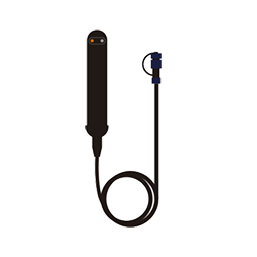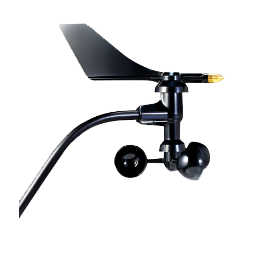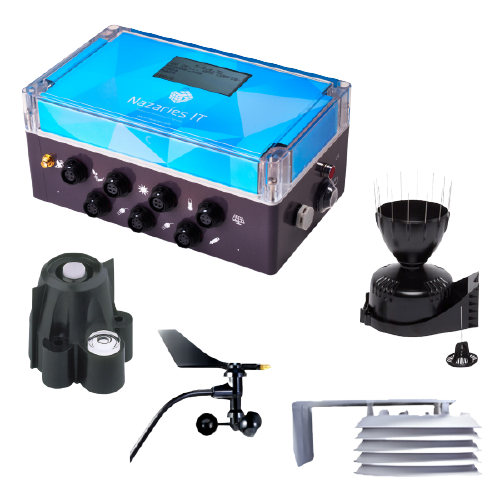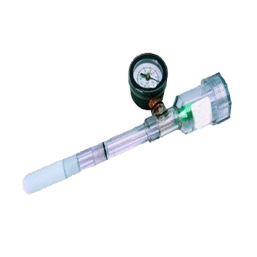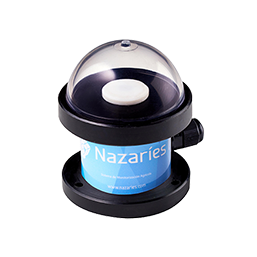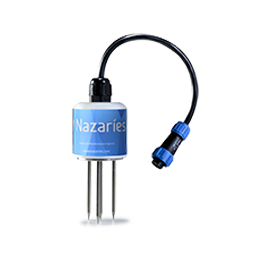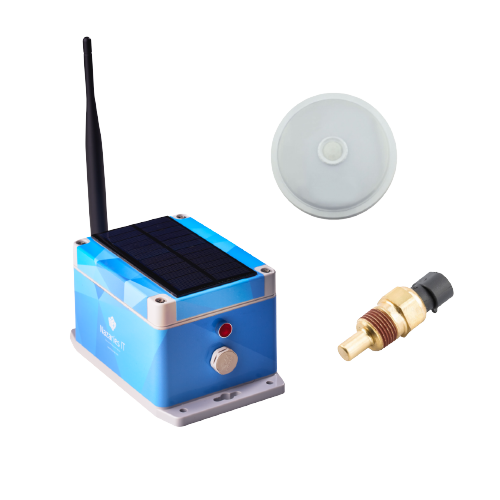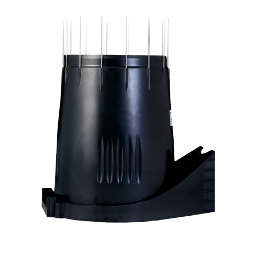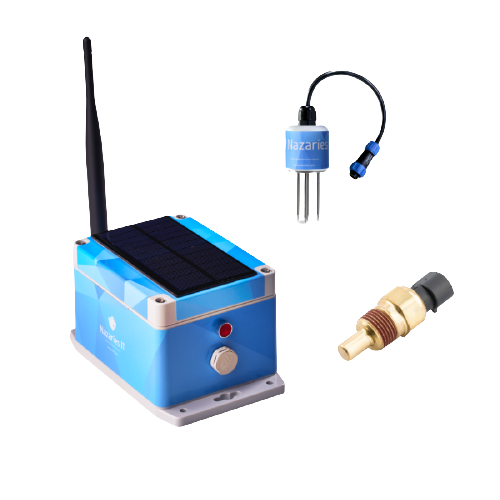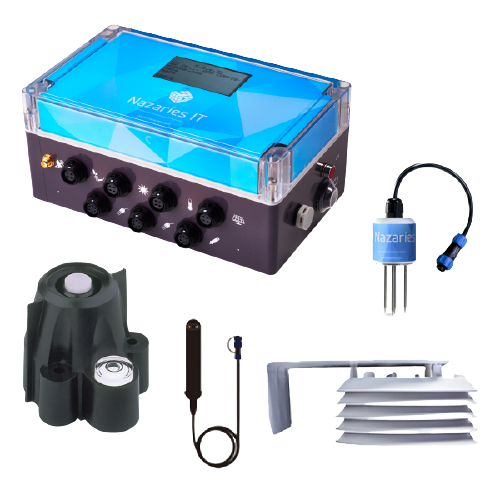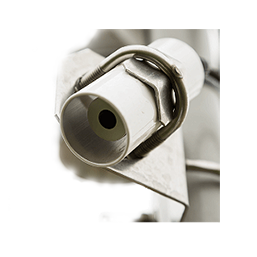This sensor is an infrared thermometer for contactless temperature measurements. Both the IR sensitive thermopile chip and the ASSP signal conditioning are embedded in the TO-39 box. Thanks to its low noise amplifier, its 17 bit ADC and a potent DSP unit, a high precision and resolution of the thermometer are achieved. The thermometer is calibrated at the factory with a PWM and SMBus (System Management Bus) digital output. The 10 bit PWM is set up to constantly transmit the temperature measured in a range of -20ºC … 120 ºC with an output resolution of 0.14 ºC as standard. The POR factory default value is SMBus. It is constructed from to 2 chips: The infrared thermopile detector. The signal conditioning is specially designed to process the output of the IR sensor. The device is available in a standard package of the TO-39 industry. It offers a high precision and resolution of the thermometer. The calculated object and the environment temperature are available in the RAM memory with a 0.01 °C resolution. They can be accessed with a protocol compatible with a series 2-wire SMBus (resolution of 0.02 °C) or with the 10 bit PWM (Pulse Width Modulated) output of the device. This sensor is calibrated at the factory with wide temperature ranges: -40ºC … 125 ºC for the environment temperature and -70ºC … 380 ºC for the temperature of the object. The measured value is the average temperature of all the objects in the field of vision of the sensor. The standard precision is ± 0.5 ºC around the environment temperatures. There is a special version for medical applications that offers a precision of ± 0.2 ºC in a temperature range limited around the body temperature.
-
The nitrate and potassium sensor is able to work in any type of soil.
-
It is used to measure the wind direction with the latest technology in wind sensors.
-
Automatic weather station. Provides real-time information and historical information on the meteorological situation of your farm. The environmental parameters measured, together provide very useful information that allows the evapotranspiration to be calculated, allowing the irrigation strategy to be chosen according to this criterion. All the calculations are carried out by the application, in a way that simplifies decision-making and provides you with the information that is of interest to you.
-
The tensiometer indicates the effort that the roots must make to obtain the necessary humidity for the crop from the ground.
-
This sensor uses a silicon photodetector on a round-shaped head to provide solar radiation measurements.
-
It is a probe with sensors that allows us to control essential parameters, such us humidity, temperature and ground conductivity.
-
This pack is specially designed to control parameters of great importance for seedbeds, such as: light, temperature and humidity conditions. Their compact size allows them to be installed within the greenhouse “tunnels” very easily and their low energy consumption makes it possible to use them for a long time without the need to be connected to any power source.
-
With our portable terminal you will have a versatile device that can take measurements of the soil sensor at different points without having any external power source. It is ideal for remote environments where mobility is necessary and different points need to be monitored without making large investments.
-
It is designed using a usual mechanism in tilting bowls to measure the rainfall. The geometry and material of the gathering part allow an efficient water outflow, reducing pollution and errors.
-
It measures non-biological (exogenous) variables and allows you to understand how these affect your crop. With this combination of sensors, you will always have external agents that can influence the development of your crops monitored. For example, it allows you to calculate the VPD (vapor pressure deficit point), an important parameter for making decisions about ventilation, irrigation and phytosanitary applications, since it is related to diseases and water stress. The integration of these sensors with the SIGFOX datalogger allows you an economical solution with low energy consumption.
-
Incorporates all the advantages of our packExo-Stres a nutrition sensor (NO3- and K +) and complements your understanding of how they influence plant nutrition. It will allow you to detect and relate abiotic stress with periods in which the plant stops extracting nitrogen from the soil, so you will end up optimizing the use of this nutrient, saving costs and providing only what your crop needs.
-
This sensor is an infrared thermometer for contactless temperature measurements
